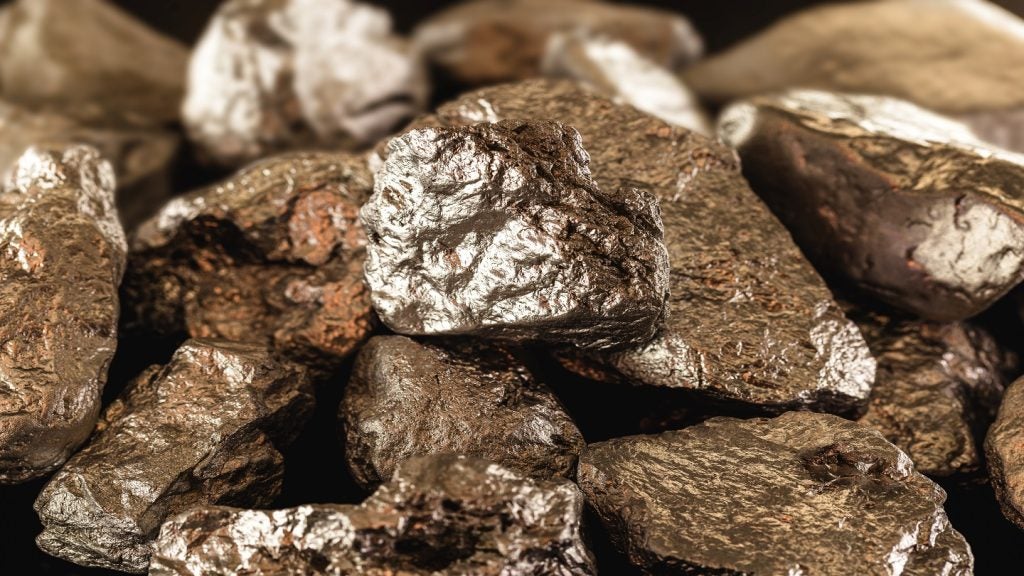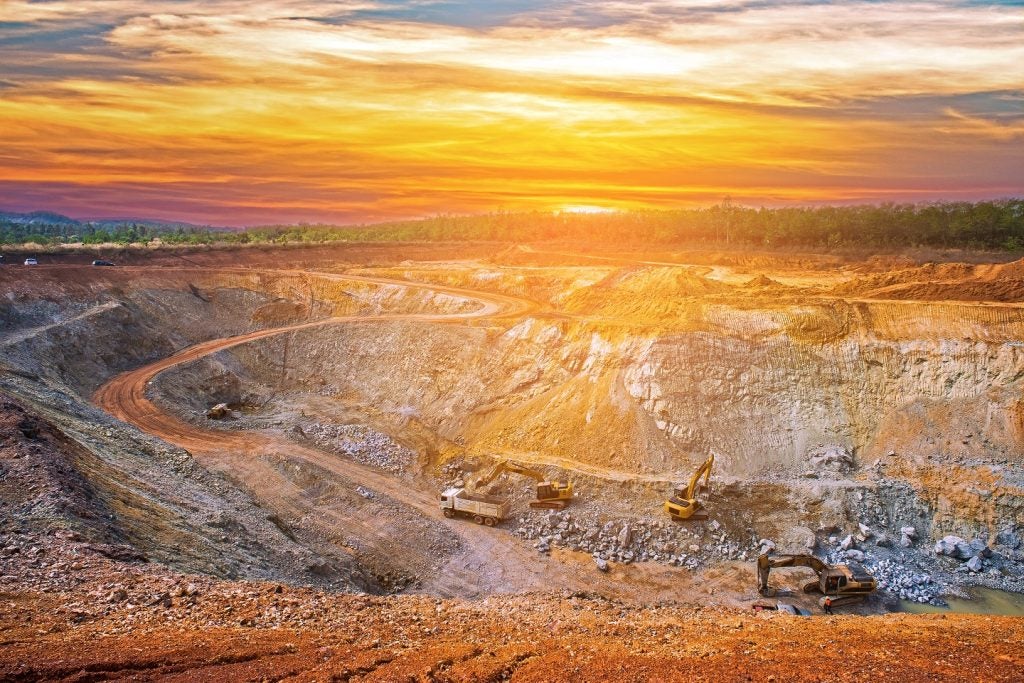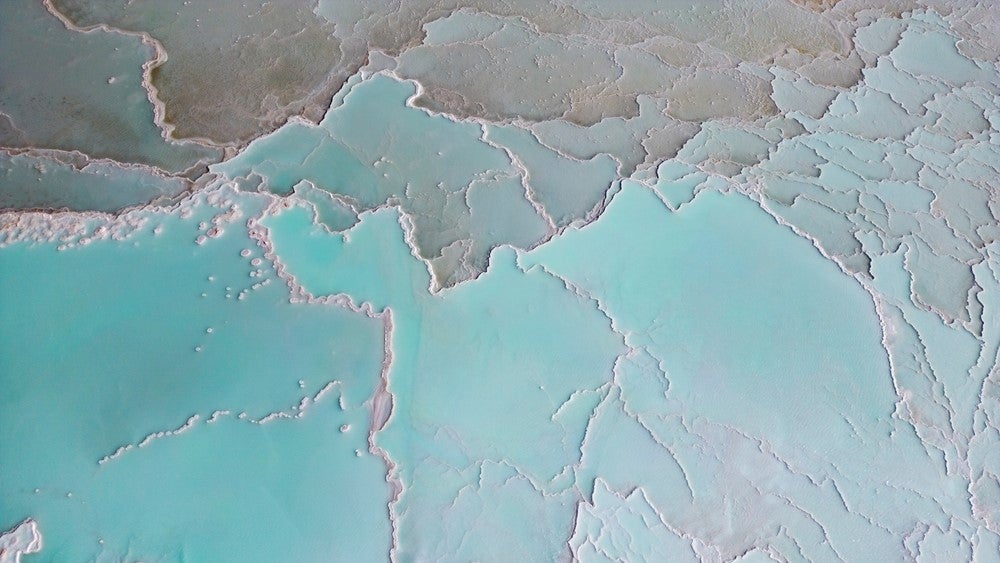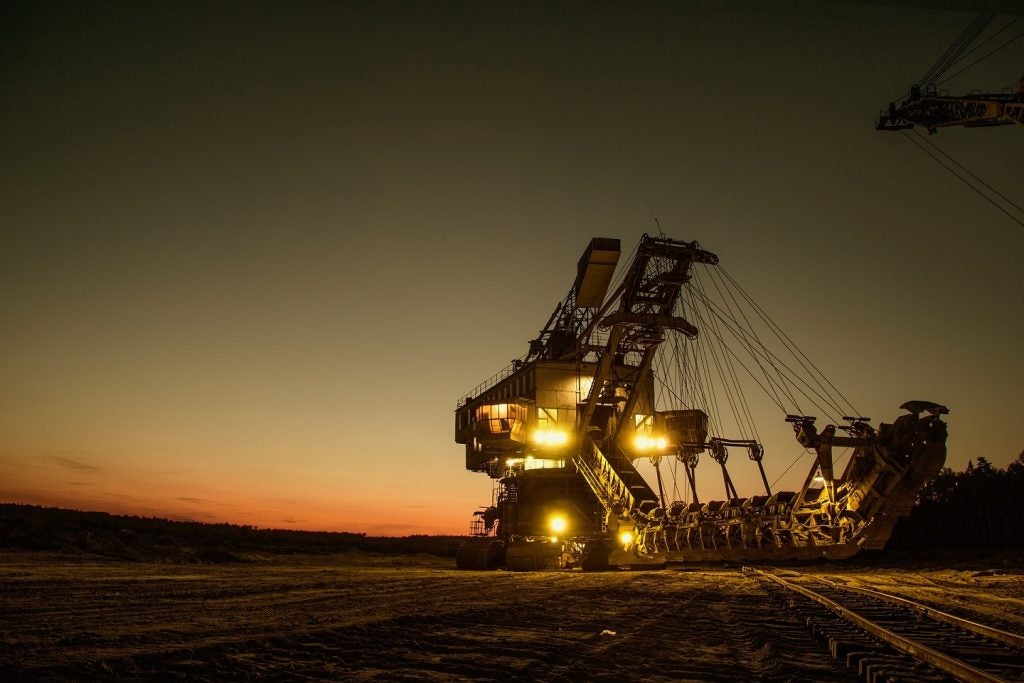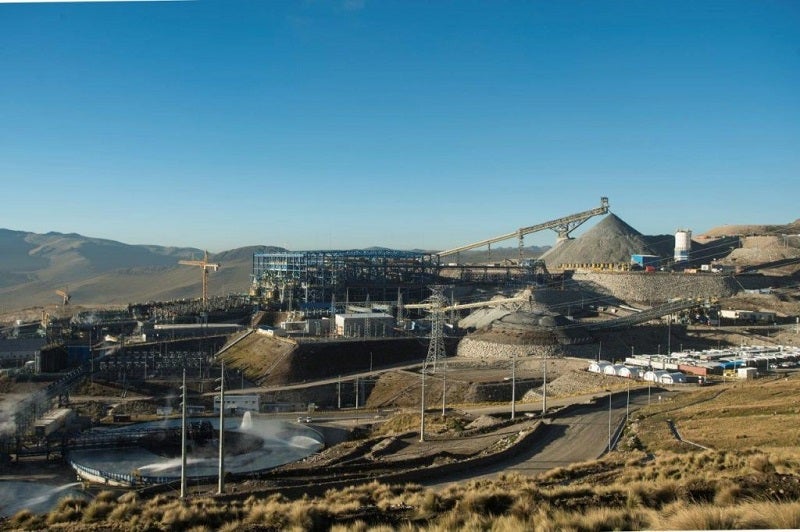
Earlier this year, Geoscience Australia published its latest Australia Identified Mineral Resources report (AIMR), breaking down mining production in Australia throughout 2020, a year on from the outbreak of the Covid-19 pandemic. The government has been understandably keen to promote the successes of the mining industry amid these uncertain times, touting a 6% increase in mineral exploration in 2020, compared to 2019, and Australia holding onto its position as the world’s leading producer of iron ore and bauxite.
Indeed, with the report pointing to a number of new accomplishments – including the revelation that Australia now boasts the world’s largest reserves of silver – there is hope that mining can hold steady as a source of growth following the pandemic.
Last September, the Australian Bureau of Statistics announced that national GDP growth hit 0.7%, not only a positive figure but one larger than many expectations. This helped drivi a perception that Australia has emerged from the worst of the pandemic relatively unscathed, in part due to its mineral industry.
Yet this is not to say that the sector is without challenges, from long-standing issues of resource depletion and environmental damage to more recent difficulties, including the fallout of Russia’s invasion of Ukraine. Australian mining is positioning itself for success, but questions remain as to how effectively it can overcome these obstacles.
Changes in production
At a glance, the AIMR makes for positive reading for Australian miners. Australia leads the world in the production of bauxite, iron ore, lithium, and rutile, and boasts 41% of the world’s lead supplies, as well as three-quarters of its tantalum. Traditionally valuable commodities such as iron ore continue to be key drivers of the Australian economy, delivering A$117 ($85bn) in export revenue in 2017, while shipments of the metal exceeded three-quarters of a billion tonnes in 2020.
“In tough times, gold is seen as a safe haven, with classic supply and demand resulting in high gold prices that have flowed through to increased exploration,” explains Allison Britt, Geoscience Australia’s director of mineral resources advice and promotion. “Whilst gold has experienced the most consistent increases in exploration expenditure, other commodities have seen equally or greater increases.
How well do you really know your competitors?
Access the most comprehensive Company Profiles on the market, powered by GlobalData. Save hours of research. Gain competitive edge.

Thank you!
Your download email will arrive shortly
Not ready to buy yet? Download a free sample
We are confident about the unique quality of our Company Profiles. However, we want you to make the most beneficial decision for your business, so we offer a free sample that you can download by submitting the below form
By GlobalData“Since 2017, gold exploration expenditure has increased by an average of 21% year-on-year. During the same period, base metal exploration – for lead, zinc, and silver – has increased by an average of 34% year-on-year and nickel-cobalt exploration by 48%.”
Yet Britt is most bullish about commodities beyond base metals, noting: “We expect to see Australia’s production of potash come online and as new projects move to development, we anticipate increases in a range of critical minerals including rare earths, cobalt, vanadium, and graphite.”
She continues: “Compared to 2019, in 2020 several commodities have seen increases in production other than gold and iron. For example, critical minerals that are essential for advanced technologies – such as antimony, platinum group elements, and rare earth elements – all had a rise in production, while other elements such as copper, nickel, and tin also had increased production.”
Britt also pointed to individual projects, such as the Kwinana refinery in Western Australia, which began production of battery-grade lithium hydroxide in 2021, as evidence of Australia’s commitment to developing these other minerals. The facility aims to produce 24,000 tonnes of lithium hydroxide a year, and will be Australia’s first onshore lithium refinery, as it looks to assert greater control over a commodity of which it already exports 46.4% of the global total.
Responsible growth
Of course, relying on any commodity has its drawbacks, even for such a safe haven asset as gold. As Britt says: “The reserve life of gold in Australia is relatively short compared to other commodities, such as iron ore, so it is more sensitive to spikes in production that can rapidly deplete reserves.
“Due to the geological nature of gold deposits, delineating a large gold resource can take a significant amount of investment in terms of time and money so consistent exploration expenditure, regardless of market cycles, is key to replacing depleted stocks and increasing resources and reserves.”
The mining sector is, therefore, cyclical in nature. Exhausted mines and emptied orebodies generate profits that need to be invested back into finding new reserves, and improving the efficiency of existing mines, else the whole system could begin to buckle. This is not a unique challenge for Australia, but one intensified due to the importance that the mining sector has to the broader economy, and already some commodities are beginning to feel the strain.
According to the AIMR, there is but a single diamond mine still in production in the country and its reserves are expected to last for just one more year at the current rate of production. Even gold could be under threat in the long-term, despite its massive reserves, as the country’s 164 gold mines continue to vacuum up gold ore, to the point where Australian gold reserves could last for just nine more years.
Yet Britt is optimistic that Australia’s commitment to exploration across its commodities will help discover new deposits that can offset this decline, suggesting that, in practice, mineral reserves are not quite as finite a commodity as is often thought.
“Exploration is essential for a sustained pipeline of new mineral discoveries so Australia can continue to supply mineral resources to the world,” Britt explains. “In 2020, exploration expenditure was A$2.8bn ($2bn) while mineral exports were valued at A$281bn ($199bn).
“It only takes a few discoveries to recover exploration expenditure,” she continues. “Recent discoveries such as the Julimar and Winu deposits have in-ground values far exceeding the exploration money spent on them.”
The environmental and the political
Constant exploration and extraction may extend the financial lifespan of Australia’s mines, but can often have the inverse effect on its environment.
Britt is optimistic that the role of mining in the Australian economy has helped created a sector that is highly regulated, and one where profits must always be balanced against protection.
“The environmental impact of mining and exploration activities in Australia is controlled by tight environmental legislative and regulatory frameworks at federal and state level and social license considerations continue to be of increasing importance,” Britt explains.
She continues: “Also, there is growing interest in Australia in understanding the re-processing potential of our mine waste to provide additional sources of the critical minerals that will be needed to meet demand for clean energy technologies.
“Geoscience Australia is working with the University of Queensland, RMIT University, and the Queensland and New South Wales geological surveys to develop an atlas of Australian mine waste to understand the potential secondary prospectivity for critical minerals and highlight new opportunities to recover these and other valuable minerals.”
Yet many of the potential environmental damages of mining have already been realised in Australia. It has already seen Aboriginal land destroyed for mining ventures, and the threat of tailings looms large over the entire sector, creating conflict between economic want, even need, and the capacity of the land itself to meet this demand.
Another external threat is the one posed by Russia’s invasion of Ukraine. Obviously, a humanitarian crisis first and foremost, the disruption to one of the world’s largest economies, and one that is particularly invested in heavy industry, has created potentially fatal uncertainty in many industries, including mining.
Again, Britt is optimistic, arguing that the invasion has shown the perils of narrow investing, which Australian miners are already addressing by broadening their portfolios.
“The war in Ukraine has in general highlighted the vulnerabilities of being heavily reliant on a small number of countries for imports,” Britt explains. “In the same way that you might have a diversified investment portfolio to reduce risk, many companies are now prioritising alternative sources of mineral and energy supply – preferably from reliable partner countries – to ensure the integrity of their operations.
“This presents an opportunity for Australia to provide a larger share of the global resources trade with the advantages of quality, reliability and confidence for consumers,” she adds, pointing to a possible economic opportunity for Australian miners amid the crisis.
Australia, therefore, looks set to tackle both internal and external challenges in the near future for its mining industry; all that remains is to see whether governments and companies can weather the coming storms.



